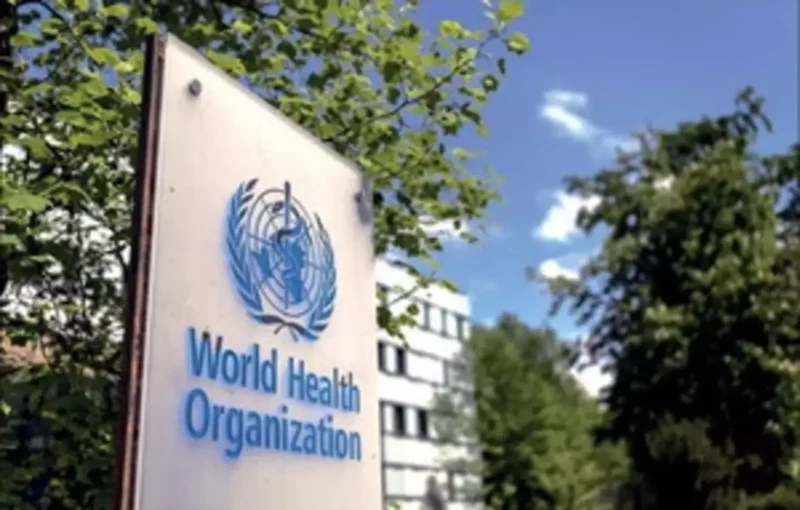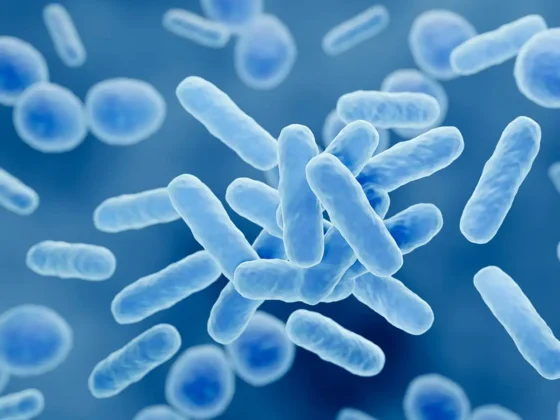“Take the Rights Path: My Health, My Right!”
By Saima Wazed, WHO Regional Director for South-East Asia. On December 1st, we gather with a purpose and passion to observe World AIDS Day 2024. The World Health Organization (WHO) stands shoulder to shoulder with partners and communities around the globe. Calling on leaders and citizens to champion the fundamental right to health.
Together, we must confront the inequalities that hinder our journey toward achieving the Sustainable Development Goals target of ending AIDS by 2030. This year’s theme, “Take the Rights Path: My Health, My Right!” a rallying cry for accessible, rights-based healthcare that empowers. Those affected by HIV/AIDS to live vibrant and fulfilling lives.
A rights-based approach is not just a strategy; it is a commitment to uphold the dignity, health, and autonomy of every individual. Especially those with vulnerabilities and are most at-risk. We must boldly tackle the stigma and discrimination that stand as formidable barriers to accessing prevention, treatment, and care.
WHO dedicated to creating environments where everyone—regardless of their HIV status or social identity. Can access the services they need without fear or exclusion. Empowering communities and civil society are essential in amplifying the voices of those at heightened risk. Fostering a supportive framework that intertwines human rights with health outcomes.
Marginalized populations continue to bear the brunt of this epidemic, facing disproportionate impacts due to stigma. Discrimination, and in some cases, criminalization.
HIV rates are particularly high among key populations such as men who have sex with men (MSM). Sex workers, people who inject drugs, trans and gender diverse individuals, and prisoners.
It is crucial that we address the social, economic, legal, and cultural inequalities that hinder access to HIV services for all.
Prioritizing those left behind and dismantling discriminatory laws are essential steps toward achieving our global HIV targets and realizing the universal right to health.
As we reflect on the current landscape. We recognize that 39.9 million people globally live with HIV, and 1.3 million new infections were reported in 2023. Far exceeding the 2025 target of fewer than 370 000. In the WHO South-East Asia Region alone, there are approximately 3.9 million people living with HIV (PLHIV), representing 10% of the global burden. In 2023, 78% of PLHIV in the region knew their status. 66% had received lifesaving antiretroviral treatment, and 64% had suppressed viral load among people living with HIV. While we have made significant strides in reducing HIV/AIDS rates through strong national commitments. We must acknowledge the ongoing challenges that persist.
There are 80 000 children and adolescents aged 0–14 estimated to be living with HIV. Comprising 2% of total HIV cases in the Region, predominantly due to vertical transmission (mother-to-child). Approximately 53 000 infants are born with congenital syphilis.
These children are one too many as there are effective interventions to eliminate mother-to-child transmission during pregnancy, labour, and childbirth. They face a multitude of complex issues while growing up, living with the HIV virus. WHO’s ‘triple elimination’ initiative of vertical transmission of HIV, syphilis and hepatitis B virus is a critical public health priority to prevent the next generation of young from these infectious diseases. Three champion countries – Maldives, Sri Lanka, and Thailand – have already achieved elimination of HIV and syphilis vertical transmission.
Furthermore, while new infections among young people have generally declined. Some countries are witnessing troubling increases where nearly half of new infections occur particularly among young key populations aged between 15 to 24 years.
For many young people who contract and live with HIV, the journey is fraught with challenges that extend beyond the medical aspects of the virus. The emotional impact of an HIV diagnosis can be profound for them and their families. Young individuals often grapple with feelings of isolation, fear, and stigma. Many report experiencing emotional shock, which can lead to social withdrawal and a reluctance to seek necessary medical care. Most face stigma and discrimination, and this makes it difficult to stay safe and healthy.
Moreover, young key populations face unique hurdles in accessing healthcare. Many lack comprehensive sexual education, which is crucial for understanding their health needs and preventing further transmission. Less than a quarter of young people in the region know how HIV transmitted and acquired, and even fewer know about sexually transmitted infections (STIs).
This gap in knowledge can lead to increased vulnerability. As young people may not seek testing or treatment due to misinformation or fear of stigma.
The recent adoption of a Ministerial Declaration on Adolescent-Responsive Health Systems on October 8, 2024, by countries in the WHO South-East Asia region. Marks a significant commitment to building inclusive health systems that cater to the needs of young people. This aligns with our World AIDS Day theme, reinforcing the rights of every young person affected by HIV. Empowering youth through rights-based approaches involves ensuring access to youth-friendly services, comprehensive sexual education. Social and legal protections, and meaningful involvement in decision-making processes. In line with this, we must ensure the inclusion of young people, especially those who are most at-risk, in setting policies and services. So that delivery of services and interventions are tailored to their needs.
In this age of technological advancement, innovative solutions such as mobile health apps, online counselling, telemedicine, and virtual support groups offer promising avenues to reach youth and key populations with essential HIV and other services. By scaling up these innovations. We can bridge gaps for those who are often hard to reach through traditional healthcare systems.
Moreover, new biomedical tools like pre-exposure prophylaxis (PrEP), post-exposure prophylaxis (PEP), and long acting antiretrovirals provide hope in reducing HIV transmission. It is imperative that governments, donors, and partners collaborate to ensure these tools are available, accessible, and affordable to all across the region.
We must also intensify our efforts to combat HIV-related stigma, which continues to obstruct access to vital services. This includes training healthcare providers to deliver compassionate, non-judgmental care. And launching public awareness campaigns that celebrate the rights and resilience of people living with HIV. Sharing accurate information and positive narratives is crucial in fostering an enabling environment.
The WHO South-East Asia Region is steadfast in its commitment to achieving the 2030 target of ending AIDS and realizing the ‘95-95-95’ goals: ensuring that 95% of people with HIV are diagnosed. 95% of those diagnosed receive sustained treatment, and 95% of those on treatment achieve viral suppression. Achieving this requires collaboration among governments, international organizations, donors and partners, healthcare providers, civil society, and most importantly, those most affected.
On this World AIDS Day, let us reaffirm our commitment to the health and rights of all individuals affected by HIV/AIDS. By “taking the rights path,” we not only advocate for health equity but also empower communities to stand up for their rights. Let us unite in our efforts to ensure that every young person and every individual living with HIV/AIDS can proudly declare, “My Health, My Right!”











